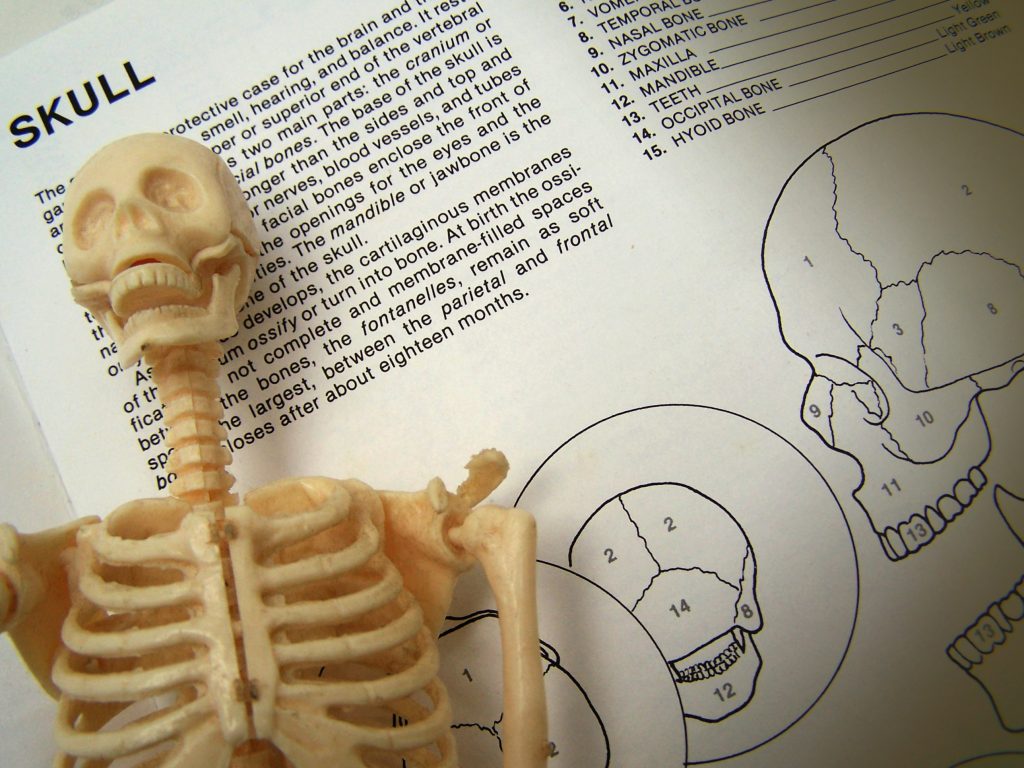 When an employee is injured on the job, he or she may be entitled to workers’ compensation benefits. However, if an employer can show that the employee intentionally lied to receive extra reimbursement for a workers’ compensation claim, the employer will not have to pay any benefits that it would otherwise owe to that employee. A recent case out of Hammond, Louisiana, discusses the standard used in determining whether an employee intentionally committed fraud when filing for mileage reimbursements.
When an employee is injured on the job, he or she may be entitled to workers’ compensation benefits. However, if an employer can show that the employee intentionally lied to receive extra reimbursement for a workers’ compensation claim, the employer will not have to pay any benefits that it would otherwise owe to that employee. A recent case out of Hammond, Louisiana, discusses the standard used in determining whether an employee intentionally committed fraud when filing for mileage reimbursements.
In September 2011, an employee of Sanderson Farms (SF) was injured during a work-related accident. SF paid the employee indemnity benefits following the accident. But in December 2011, it terminated those benefits before the employee was scheduled to return to work. After returning to work, the employee continued to work for Sanderson Farms for another month. Then, in May 2012, the employee filed a claim against Sanderson Farms seeking to recover workers’ compensation benefits for the injury he sustained while on the job. Sanderson Farms denied the employee had a present work-related disability and maintained that the employee was not entitled to further indemnity benefits or medical treatment. Sanderson Farms also raised the affirmative defense of fraud, claiming the employee forfeited his right to all benefits when he submitted mileage reimbursement in excess of the actual distance he traveled in visiting various healthcare providers.
The Office of Worker’s Compensation held a three-day trial focusing on SFs’ fraud defense. In support of the fraud allegation, Sanderson Farms sought to prove that the employee lied about the amount of miles he traveled to and from the 15 doctors’ appointments he attended from September 2011 to November 2011. It is unlawful for an employee to willfully make a false statement or representation for the purpose of obtaining any worker’s compensation benefits. An employee violating this law forfeits any right to workers’ compensation benefits. The forfeiture statute must be strictly construed because forfeiture of benefits is a harsh remedy. See Our Lady of the Lake Regional Medical Center v. Mire, 142 So.3d 52 (La. Ct. App. 2014). As such, if an employer fails to prove even one element of the forfeiture statute, it will not be able to avoid liability in a workers’ compensation claim. Here, in order for SF to prove its fraud allegation it had to demonstrate that the employee willfully lied about where he was living and the distance he traveled to and from his medical appointments in an attempt to receive more money for mileage reimbursement than he was due.
 Louisiana Personal Injury Lawyer Blog
Louisiana Personal Injury Lawyer Blog


 There are rules involved in the evidence that a court can allow into a case, even when the case revolves around something as small as a bed bug. If a party believes that the rules have been violated, they can appeal the case and have a higher court review the evidence to make sure nothing inappropriate had an effect on the case.
There are rules involved in the evidence that a court can allow into a case, even when the case revolves around something as small as a bed bug. If a party believes that the rules have been violated, they can appeal the case and have a higher court review the evidence to make sure nothing inappropriate had an effect on the case. 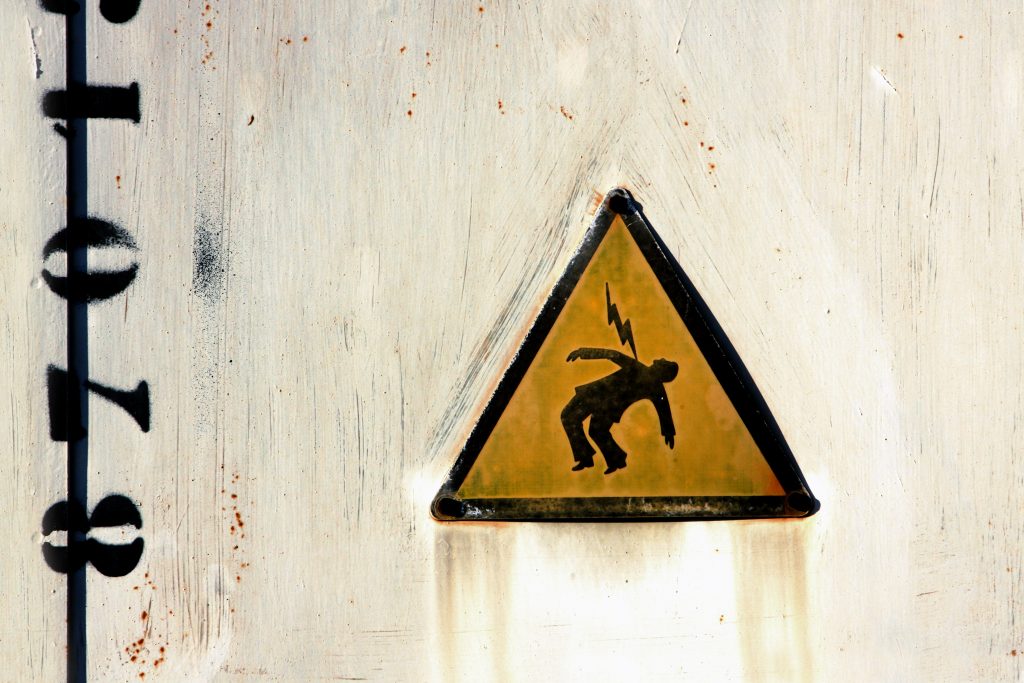 Don’t get burned by worker’s compensation failing to pay for your injury. Make sure that you understand what your rights are whenever you file a worker’s compensation claim. Clinton Miley, a firefighter with the Bogalusa Fire Department, suffered from paroxysmal supraventricular tachycardia (PSVT) after 19 years on the job. He looked to a Louisiana law known as the Firefighters Heart and Lung Statute to prove that his injuries were caused by his job as a firefighter.
Don’t get burned by worker’s compensation failing to pay for your injury. Make sure that you understand what your rights are whenever you file a worker’s compensation claim. Clinton Miley, a firefighter with the Bogalusa Fire Department, suffered from paroxysmal supraventricular tachycardia (PSVT) after 19 years on the job. He looked to a Louisiana law known as the Firefighters Heart and Lung Statute to prove that his injuries were caused by his job as a firefighter.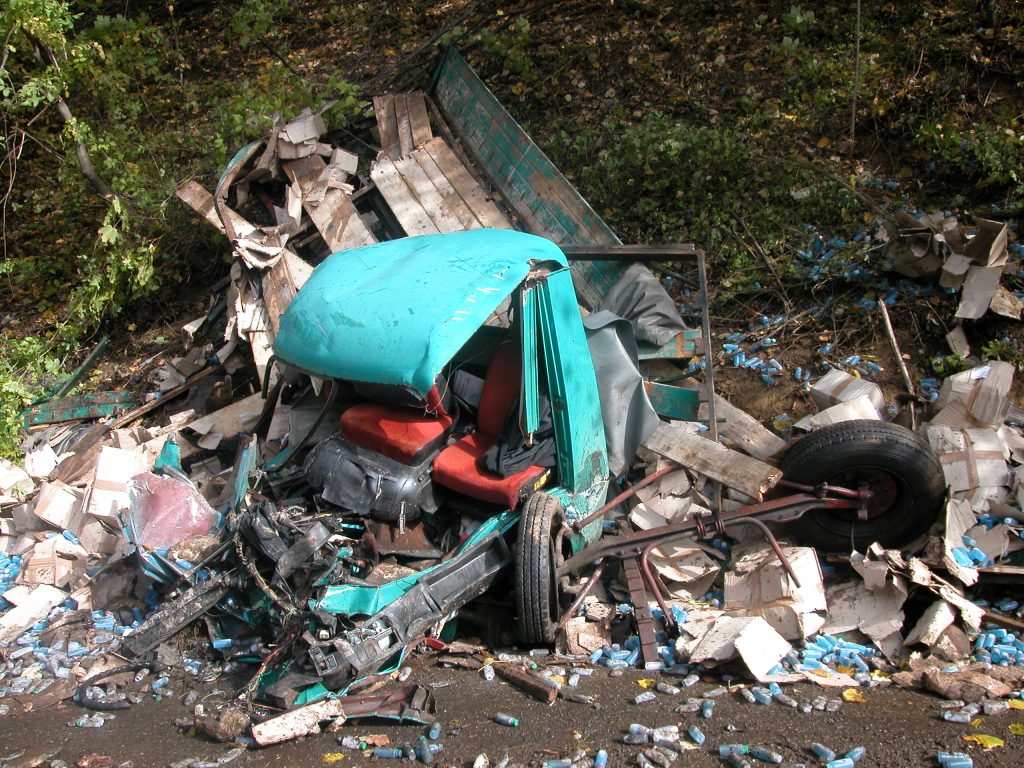 Car accidents are scary. When individuals make the choice to take on a personal injury lawsuit there is a lot of time that goes into those cases. After expending all that time and emotional energy, people want to feel like the verdict they received was fair, or at the very least compensates them for the injuries they incurred. The jury’s job is to listen to all the facts, be instructed on the law and make a decision. Many people think that once a jury renders a decision, that it is final. However, in some cases an individual can appeal to a higher court if they felt as though the jury award of damages was abusively low. That is exactly what a woman in the Parish of Lafayette, Louisiana did and it worked, partly.
Car accidents are scary. When individuals make the choice to take on a personal injury lawsuit there is a lot of time that goes into those cases. After expending all that time and emotional energy, people want to feel like the verdict they received was fair, or at the very least compensates them for the injuries they incurred. The jury’s job is to listen to all the facts, be instructed on the law and make a decision. Many people think that once a jury renders a decision, that it is final. However, in some cases an individual can appeal to a higher court if they felt as though the jury award of damages was abusively low. That is exactly what a woman in the Parish of Lafayette, Louisiana did and it worked, partly.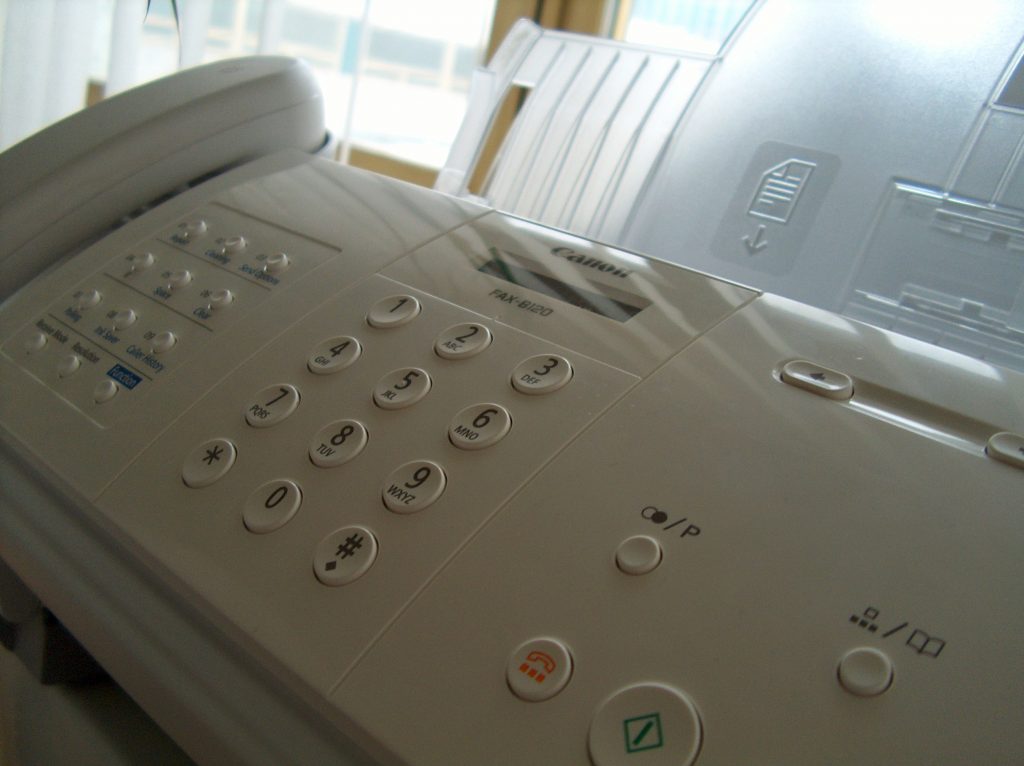 Following proper procedure is critical when it comes to preserving your legal rights. While some rules might seem a bit harsh the best lawyers know the rules and will make sure you do not lose your case simply because you did not dot your I’s and cross your T’s. The following case out of Rapides Parish demonstrates what can happen when a fax filed lawsuit is not followed up with the mailed petition in the proper time.
Following proper procedure is critical when it comes to preserving your legal rights. While some rules might seem a bit harsh the best lawyers know the rules and will make sure you do not lose your case simply because you did not dot your I’s and cross your T’s. The following case out of Rapides Parish demonstrates what can happen when a fax filed lawsuit is not followed up with the mailed petition in the proper time. 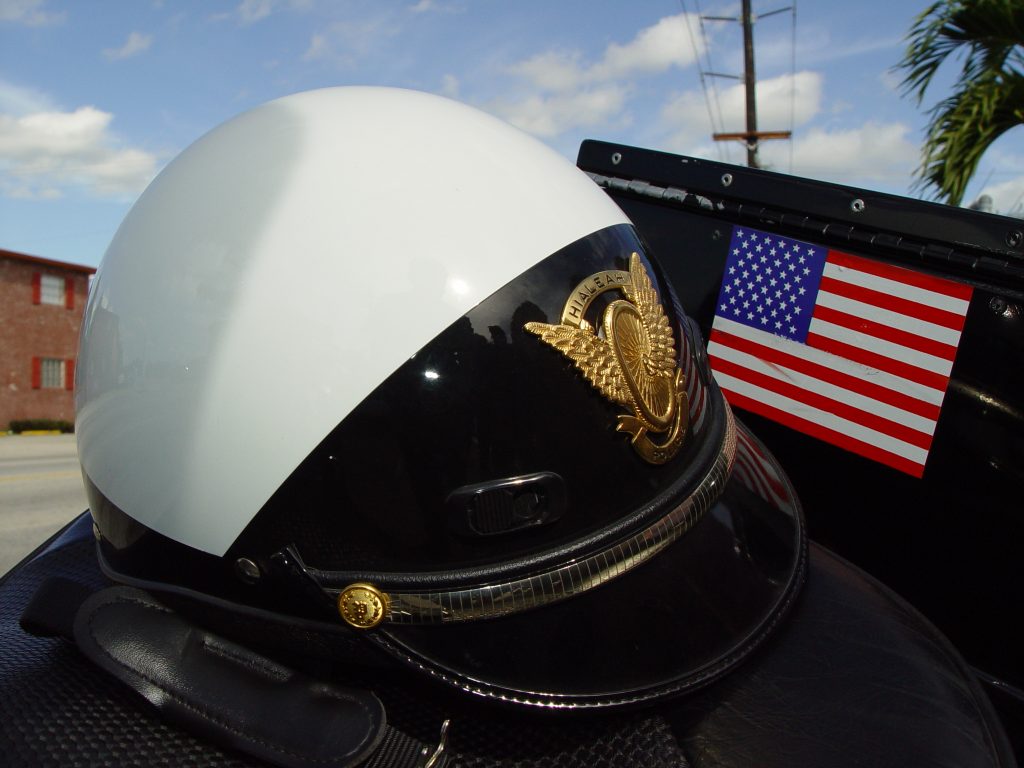 It’s common sense that self defense class instructors should teach the students how to defend themselves and not inflict pain or broken bones while instructing. However some instructors can go overboard while trying to “teach” these skills. The following case out of Lafourche Parish highlights what can go wrong when simulations in a self defense course get a bit too real for one participant causing her a broken arm and other damages.
It’s common sense that self defense class instructors should teach the students how to defend themselves and not inflict pain or broken bones while instructing. However some instructors can go overboard while trying to “teach” these skills. The following case out of Lafourche Parish highlights what can go wrong when simulations in a self defense course get a bit too real for one participant causing her a broken arm and other damages. Sometimes you have a run of bad luck. If your injured on the job then not long after you get into a car wreck it can be hard to pinpoint which incident caused your injuries. If you are unfortunate enough to be involved in this scenario make sure you have the best workers compensation lawyer you can get to help the court understand your work related injuries. The following case out of Metairie, Louisiana shows how one recent appeals court dealt with just such a factual scenario.
Sometimes you have a run of bad luck. If your injured on the job then not long after you get into a car wreck it can be hard to pinpoint which incident caused your injuries. If you are unfortunate enough to be involved in this scenario make sure you have the best workers compensation lawyer you can get to help the court understand your work related injuries. The following case out of Metairie, Louisiana shows how one recent appeals court dealt with just such a factual scenario.